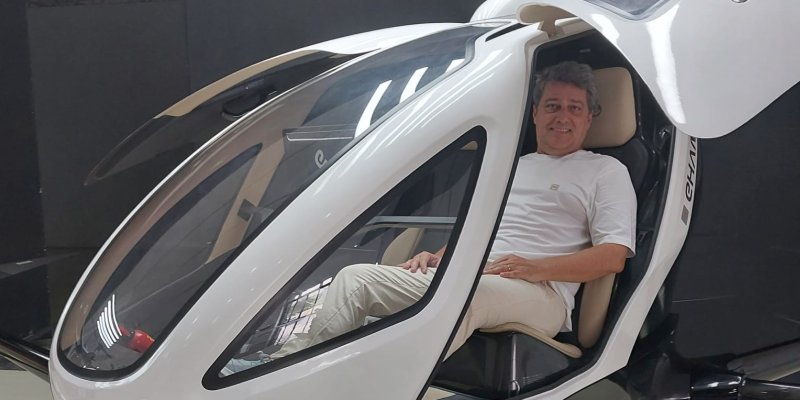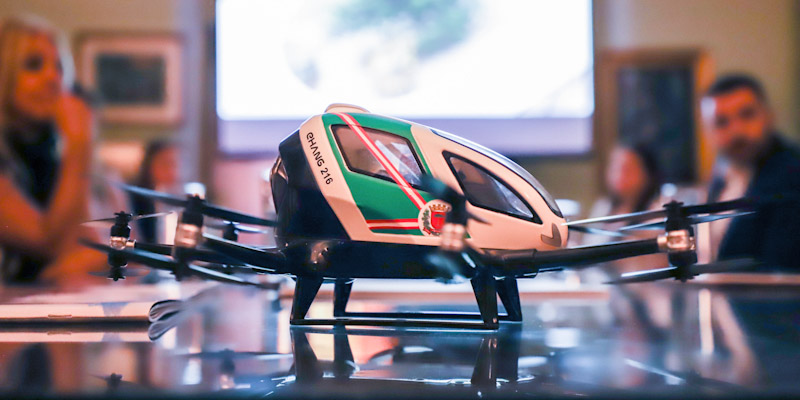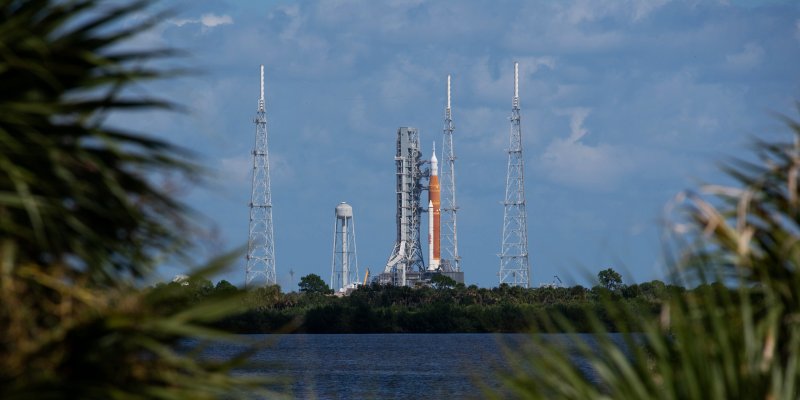Skeye, the Netherlands, has secured a contract from the Dutch oil company NAM (Nederlandse Aardolie Maatschappij), a joint venture between Shell (50%) and ExxonMobil (50%). The contract comprises the mapping and imaging of over one hundred gas and oil exploration installations onshore in The Netherlands with the use of unmanned aircraft and multi-rotors.
 The contract is the result of a framework agreement that Skeye signed in January with the NAM following a large successful project that Skeye executed for the NAM in 2013. As a result of this framework agreement the NAM is now the first Dutch company that utilises the technology of unmanned aircraft on a large scale in the Netherlands.
The contract is the result of a framework agreement that Skeye signed in January with the NAM following a large successful project that Skeye executed for the NAM in 2013. As a result of this framework agreement the NAM is now the first Dutch company that utilises the technology of unmanned aircraft on a large scale in the Netherlands.
Photogrammetry and Ground Measurements
The mapping will be carried out using photogrammetric techniques in combination with GPS RTK ground measurements. The images are taken at a height of 80 metres above ground level using a microdrone MD4-1000 multi-rotor equipped with a 24MP calibrated camera. End products for the client are a digital terrain model with accuracies better than 3cm and orthophoto mosaics with a ground sampling distance of 2.5cm. In addition several aerial 360 degree panoramas are taken of each location that will assist in maintenance work preparations. All end products are integrated into the web based GIS system of NAM.
The NAM selected Skeye due to its successful track record in using UAS in a safe and professional manner. In combination with the company’s large expertise in mapping and inspections of terrains and objects, they can now deliver innovative and high-quality products and services to the NAM. According to Skeye they are the first Dutch company to be granted a permit for aerial work by the CAA-NL for professional purposes.
The NAM has as its core mission to locate and retrieve gas and oil in a sustainable manner in The Netherlands. To this effect the NAM develops and stimulates constantly new techniques to work more efficiently and environmentally friendly. The use of unmanned aircraft fits perfectly within this mission as the use of UAVs is not only more cost effective and safe but also less of a burden to the environment when compared to the use of manned aircraft.




